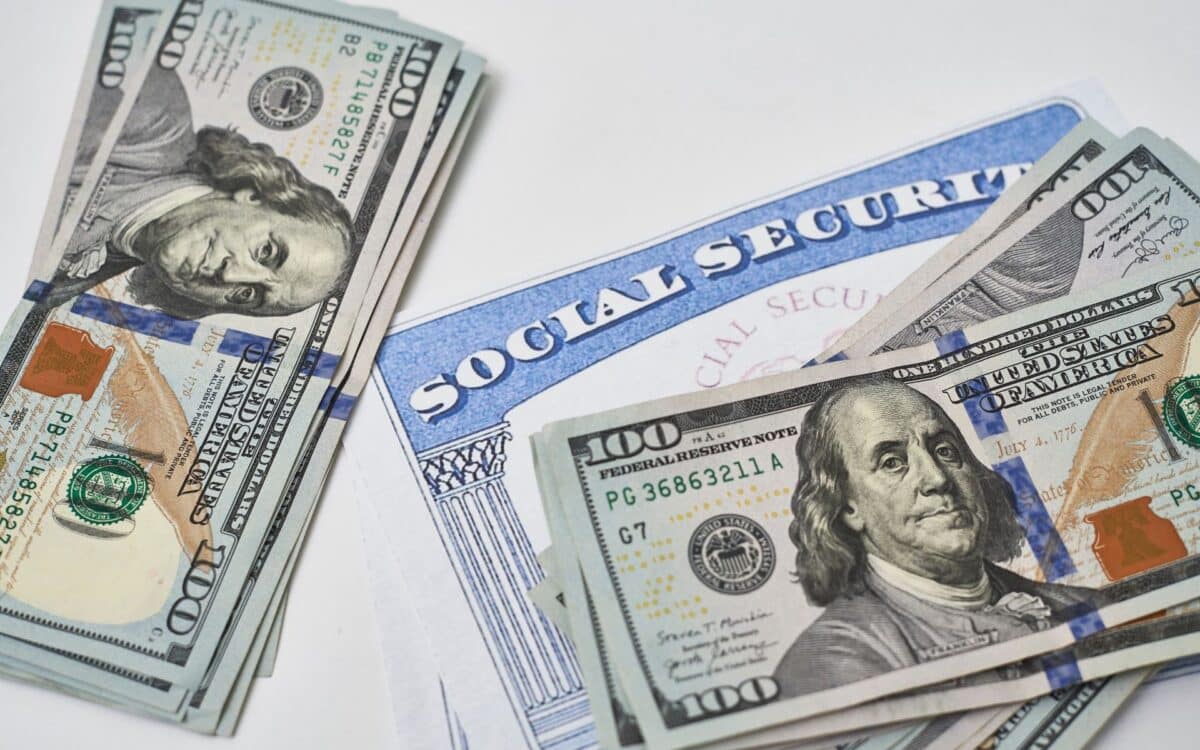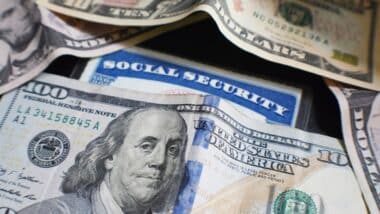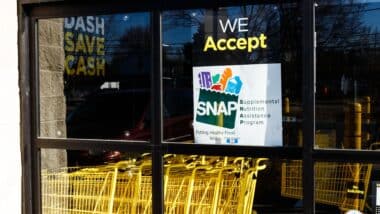Beginning in June 2025, nearly 450,000 Americans aged 62 and older who have defaulted on their federal student loans may experience reductions in their Social Security checks. These reductions result from the federal government resuming debt collection efforts that were temporarily halted during the coronavirus pandemic.
According to a report by Newsweek, this shift is part of the Treasury Offset Program, which allows the government to withhold a portion of Social Security benefits to recover outstanding student loan debt.
Background on Student Loan Defaults and Social Security Garnishment
During the pandemic, protections were put in place that prevented the federal government from collecting on defaulted student loans. These protections ended on May 5, 2025, when the White House announced the resumption of the Treasury Offset Program.
This program allows the government to withhold up to 15 percent of an individual’s Social Security benefits to recover defaulted federal student loan debt.
The average Social Security payment is about $1,976 per month, which means borrowers subject to the maximum offset could lose as much as $296.40 monthly. For many older Americans who rely heavily on these benefits for income, such a reduction could have a significant financial impact.
What Constitutes Default and the Collection Process
According to Tom O’Hare, a holistic college adviser at Get College Going,
A borrower who has failed to pay on their federal student loan is considered in default when the loan delinquency reaches 270 days past due.
After this period, loans are typically reassigned from loan servicers to collection agencies that act on behalf of the federal government.
These agencies may initiate litigation or implement stringent collection practices such as wage garnishment and deduction from Social Security payments. This step marks a critical phase where federal efforts to recover debt become more aggressive.
Options Available to Borrowers to Avoid Garnishment
Borrowers who wish to avoid or reduce garnishment are advised to contact their loan servicer. Bethany Hubert, a financial aid specialist at Earnest, told Newsweek,
First, reach out to your loan servicer. They can guide you through available options like deferment, forbearance, or creating a flexible repayment plan.
Programs such as income-driven repayment adjust monthly payments based on the borrower’s income, potentially making loan repayments more manageable and preventing default status or further garnishment.
Wider Consequences of Remaining in Default
Remaining in default has several consequences beyond Social Security garnishment. Borrowers lose access to important protections such as deferment and forbearance, and they become ineligible for additional federal student aid, including Pell Grants and new loans.
Default status is also reported to credit bureaus, leading to a significant decline in credit scores.
This damage affects the ability to obtain credit cards, car loans, and mortgages, with credit rebuilding potentially taking several years.
Perspectives From Government and Advocacy Groups
In a statement issued on May 5, Secretary of Education Linda McMahon highlighted the need for reform:
As we begin to help defaulted borrowers back into repayment, we must also fix a broken higher education finance system that has put upward pressure on tuition rates without ensuring that colleges and universities are delivering a high-value degree to students.
She added,
For too long, insufficient transparency and accountability structures have allowed U.S. universities to saddle students with enormous debt loads without paying enough attention to whether their own graduates are truly prepared to succeed in the labor market.
Meanwhile, Mike Pierce, executive director of the Student Borrower Protection Center, criticized the resumption of aggressive collections. On April 21, he stated,
For 5 million people in default, federal law gives borrowers a way out of default and the right to make loan payments they can afford. Since February, Donald Trump and Linda McMahon have blocked these borrowers’ path out of default and are now feeding them into the maw of the government debt collection machine. This is cruel, unnecessary, and will further fan the flames of economic chaos for working families across this country.









